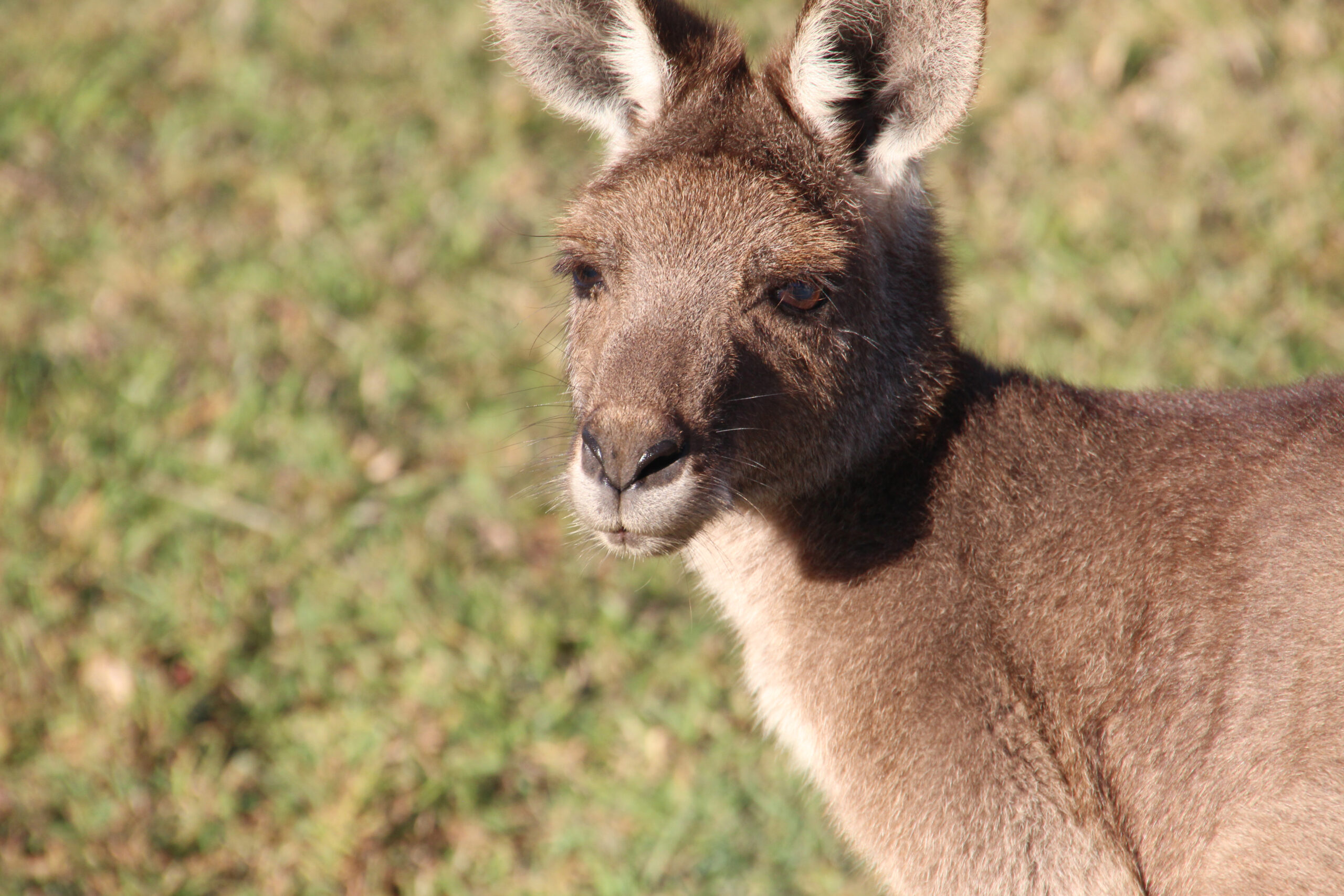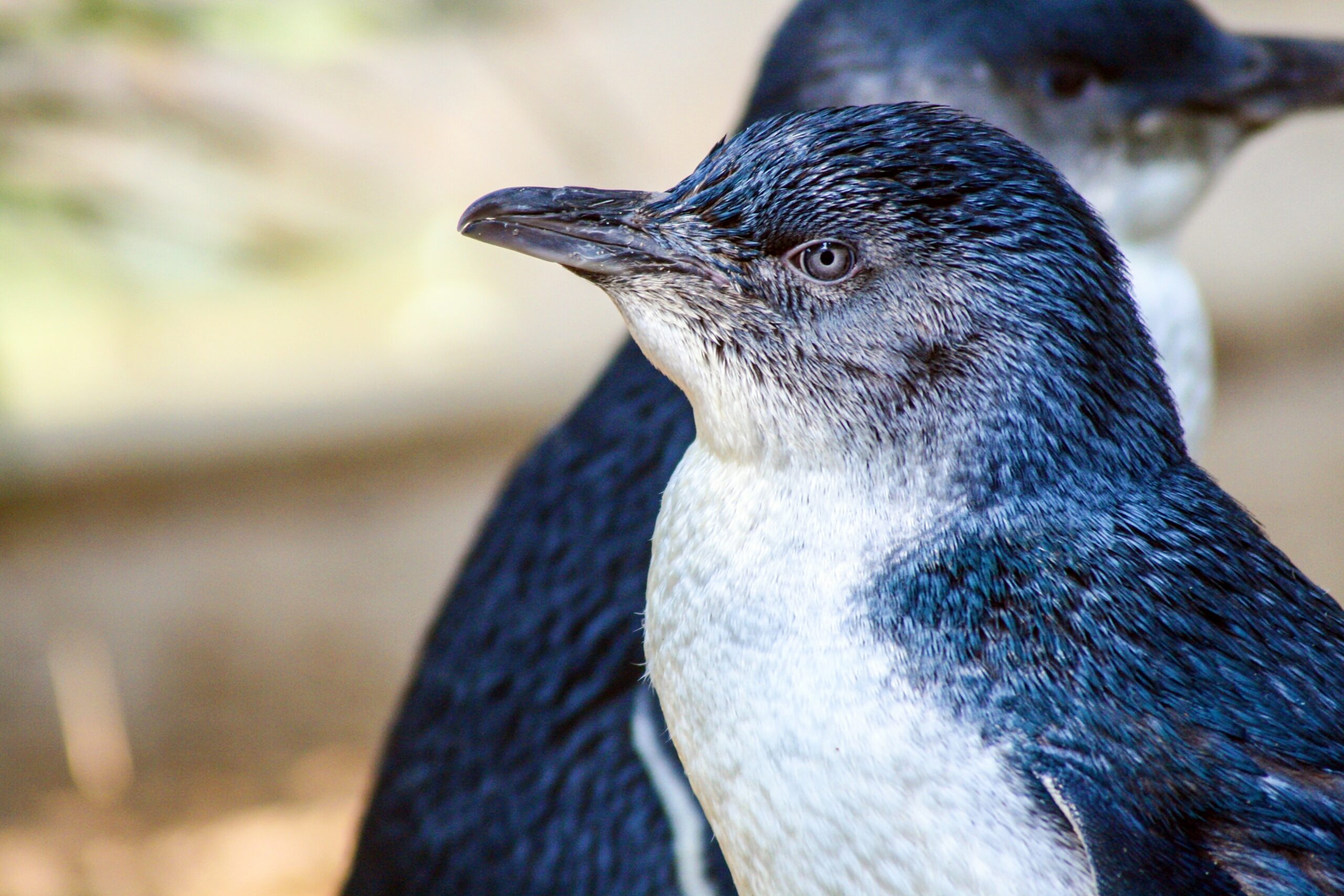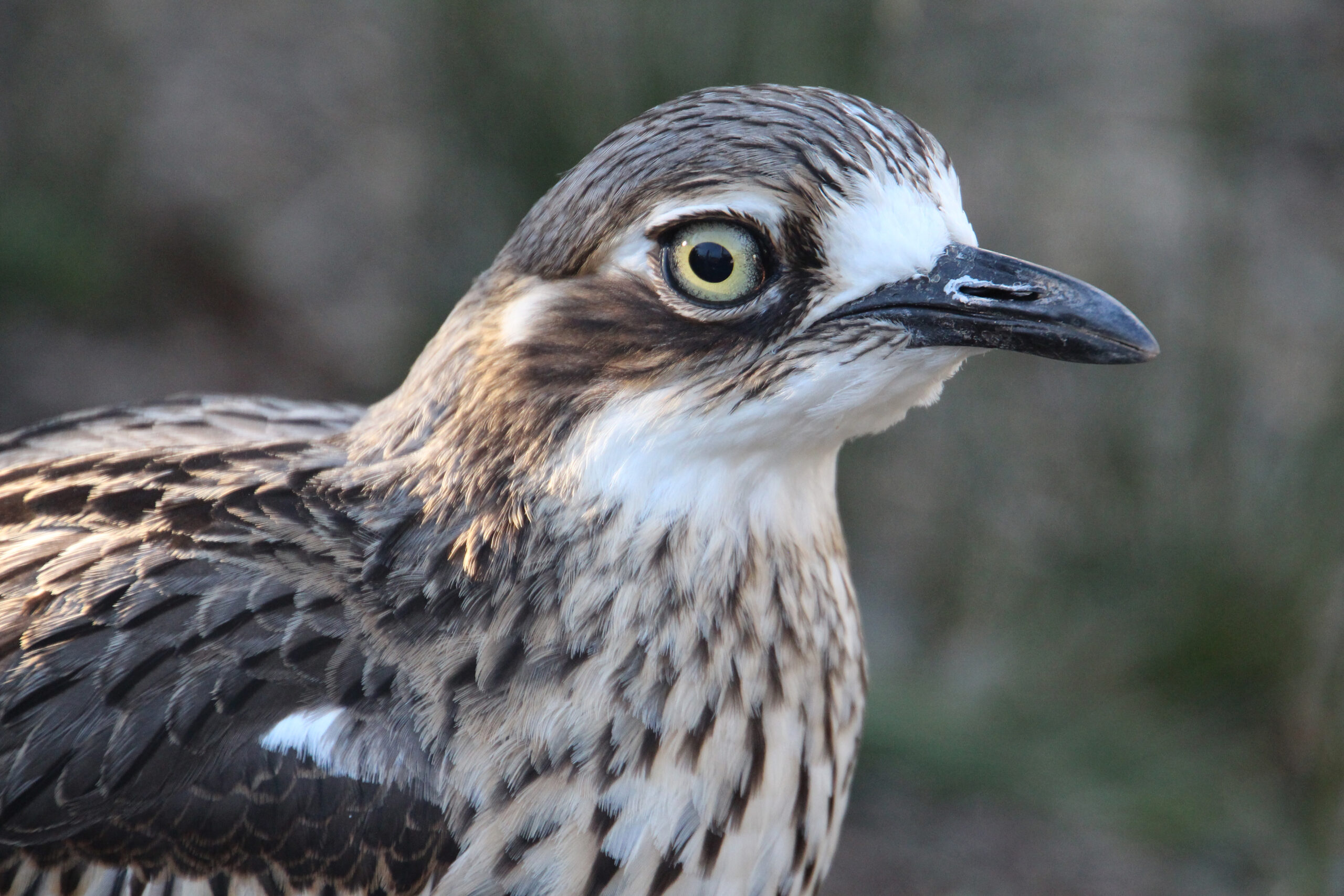| Common name | Yellow-tailed black-cockatoo |
| Scientific name | Calyptorhynchus funereus |
| Type | Bird |
| Diet | Tree-boring grubs and seeds |
| Average lifespan | Between 40 and 60 years |
| Size | Between 55 and 65cm in length and 750-900 grams in weight |
A firm favourite amongst Australian bird watches, the yellow-tailed black-cockatoo (Calyptorhynchus funereus) is a larrikin of the skies. With cheeky antics and distinct, yellow flashes of feathers, it’s hard to ignore this cockatoo as it calls to other birds within its flock with a series of frequent wailing cries which the yellow-tailed black-cockatoo uses to navigate the skies.
One of five species of black-cockatoo’s native to Australia, this large black bird is easily identified from its fellow cockies thanks to its yellow check patch and yellow panels on its tail. Although only visible up close, most of the black plumage on the yellow-tailed black cockatoo’s body is also tipped with a golden hue. The male and female birds vary in terms of eye-ring colour (pink in males and pale grey in females), bill colour (grey-black in males and white in females) and the female also has black marks in its yellow tail panels.

Yellow-tailed black-cockatoos can be found within south-eastern Australia. From south and central eastern Queensland, down to the Eyre Peninsula, as well as Tasmania and the Islands of the Bass Strait and Kangaroo Island, this cockatoo prefers to live in forests and eucalyptus woodlands from coastal to subalpine zones. The yellow-tailed black-cockatoo also inhabits pine plantations and occasionally makes its home in urban environments where there is access to food supplies.
Yellow-tailed black-cockatoos can make quite the spectacle as they feed, gathering in noisy flocks, and making a mess as they dine. High in the branches of she-oaks, eucalyptus or pine trees, the birds feast on seeds and on wood-boring larvae from insects such as cossid moths and cerambycid beetle. The cockatoos will also search for lower seedbearing shrubs such as banksias. Leaving behind a scattering of chewed seedpods and twigs that have fallen from the canopy above, the yellow-tailed black-cockatoo rarely swoops to ground level, except when they are inspecting fallen pine or banksia cones or to drink.
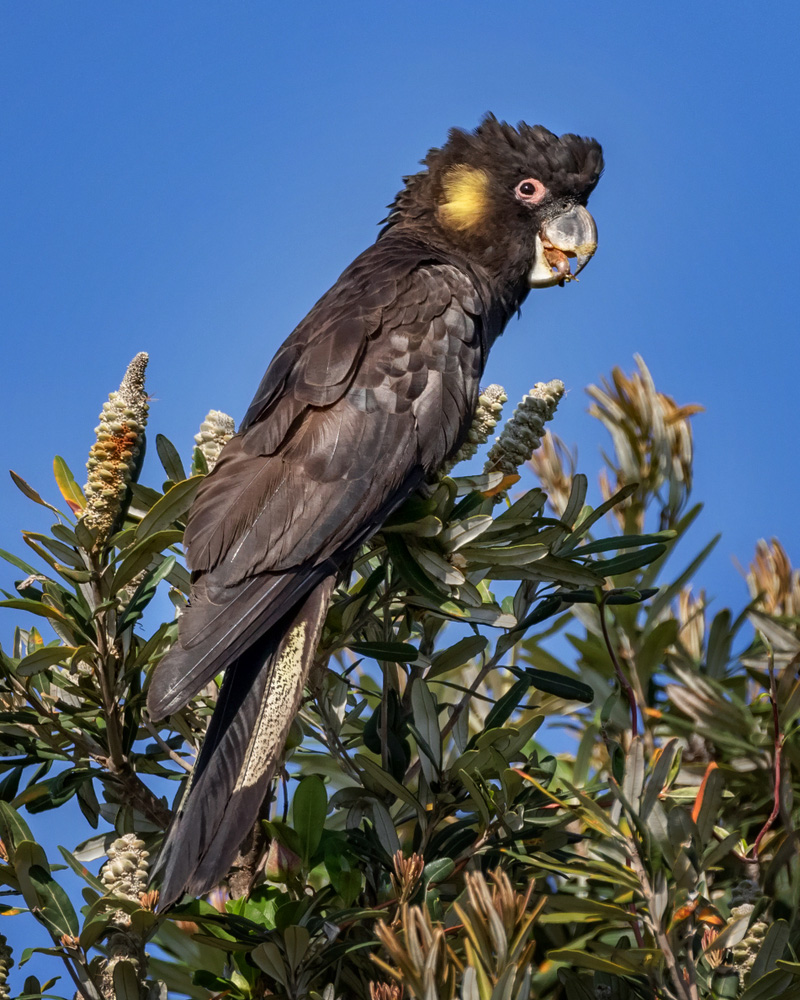
During their long breeding season, which varies depending on the home range of the bird, monogamous yellow-tailed black-cockatoo pairs build a nest in a large tree hollow and line it with wood chips. One to two white rounded oval eggs are incubated by the female, while the male supplies food. Cockatoo chicks are covered in yellow down, with a pink beak that fades to greyish white by the time of fledging. Both parents help to raise their young, which leave the nest three months after hatching but stay with the family unit the next breeding season.
Yellow-tailed cockatoos can form flocks of 100 birds or more outside of the breeding season, making an impressive display as they fly overhead. With deep, slow wingbeats, the flight of these birds has been described as fluid and ‘lazy’ as they journey leisurely through the sky.
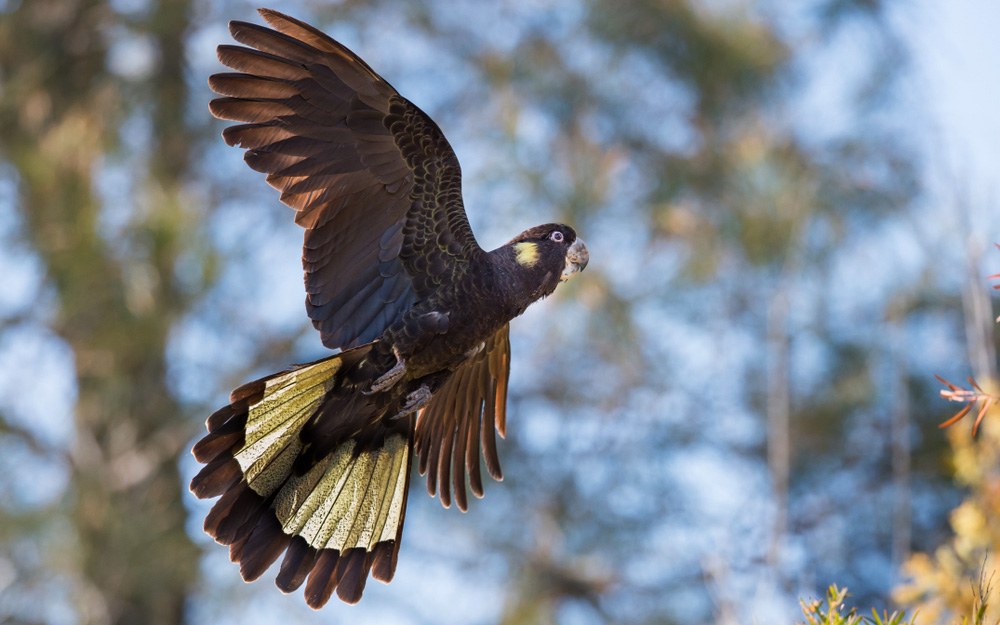
Populations of the yellow-tailed black-cockatoo have been in decline, mainly due to habitat clearing for farmland, predation of eggs by possums, increased risk of predators such as wedge-tailed eagles from loss of vegetation cover and competition for nesting hollows.

